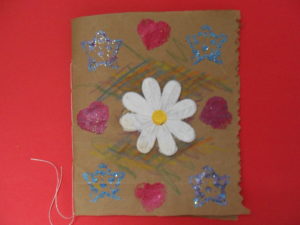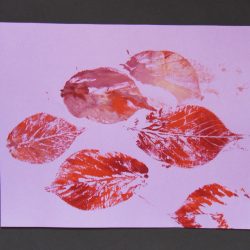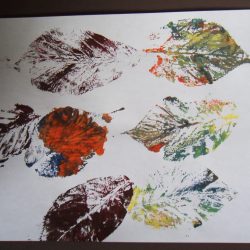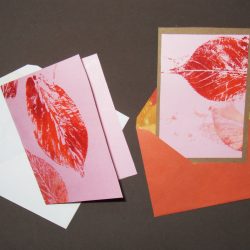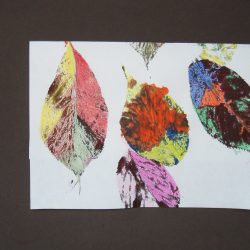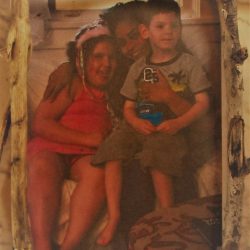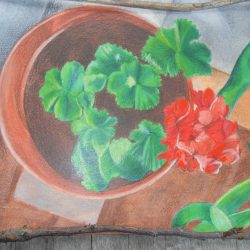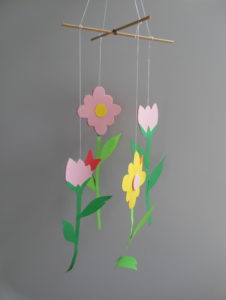MATERIALS:
Brown (or white) paper grocery bags (or any unused paper)
Scissors
White glue or glue sticks
Embroidery thread (or similar thread or thin yarn) and needle
Awl
Typing paper
Decorative edge scissors (optional)
Decorations: photos, lace, buttons, pebbles, paper, pictures, fabric appliques, wallpaper scraps, etc.
VARIATION:
Use rubber stamps and ink pads to decorate the paper bags or potatoes cut into various shapes.
OPTIONAL EMBELLISHMENT:
Glitter dust – apply while ink is still wet
PROJECT:
- Cut the bottom off the paper bag. Cut up the side of the bag to make one flat piece. Decide how big you want your book. You can cut this piece in half or in four quarters. Fold the pieces so the writing is on the inside. Use as many bags as you need to make the number of pages you want. You many substitute typing paper or similar for the inside pages.
- Fold the pages in half. Stack the pages, one inside the other. Make holes along the fold with an awl for your needle to go through.
- If you are using embroidery thread, use three or four strands. Make a knot at one end of your thread. Sew along the fold and make a knot at the other end when you are finished.
- Decorate the front and back covers.
The sample above was decorated with rubber stamps, sponges, rubber stamp ink, fabric applique, markers, and decorative edge scissors.

